Unique experiences in Norway

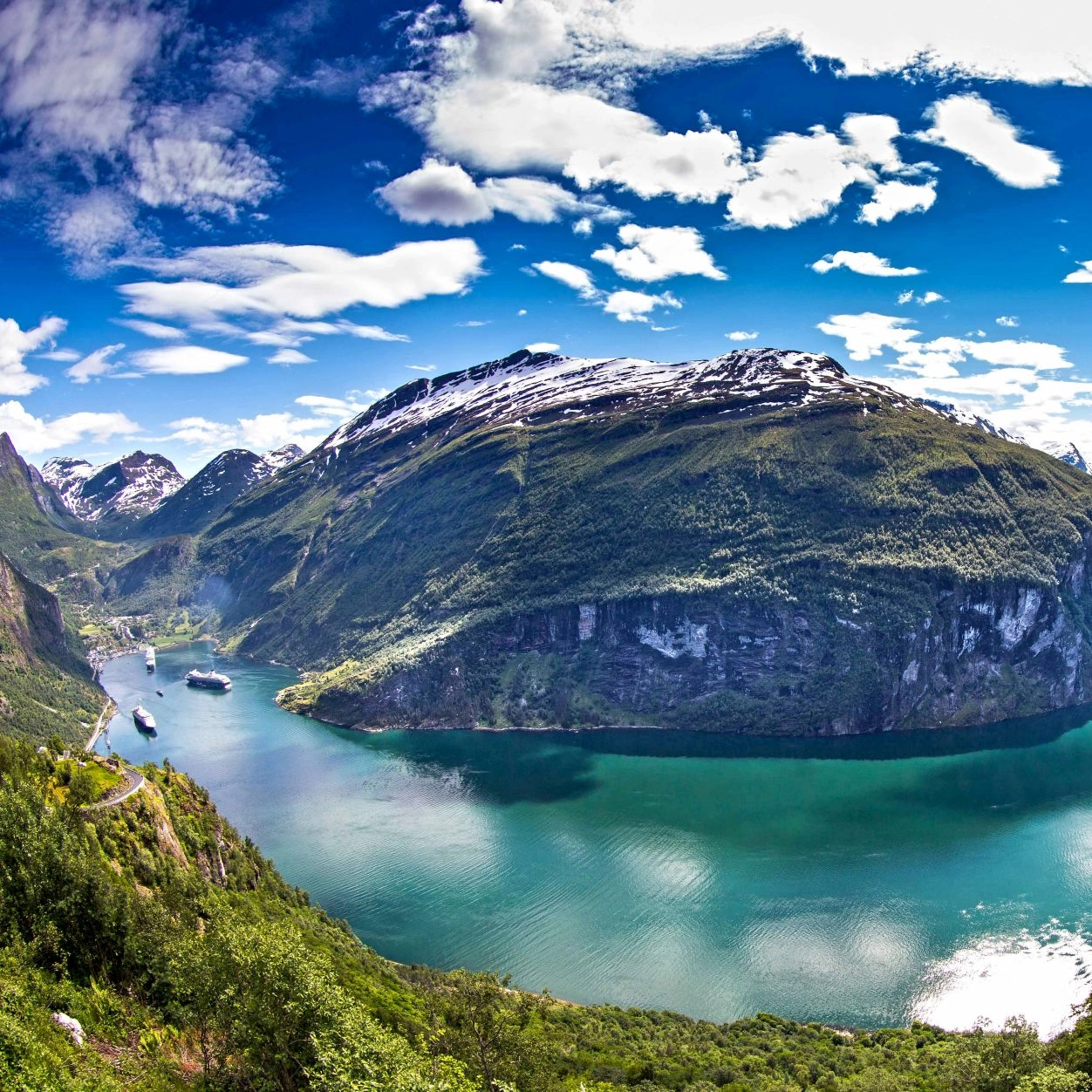
Fjords
- Read More: The Fjords of Norway

Mountains
Climb the Mountains: Climbing in Norway
Read More: Mountaineering in Norway for beginners

Vikings
Who were the Vikings?
Fun facts
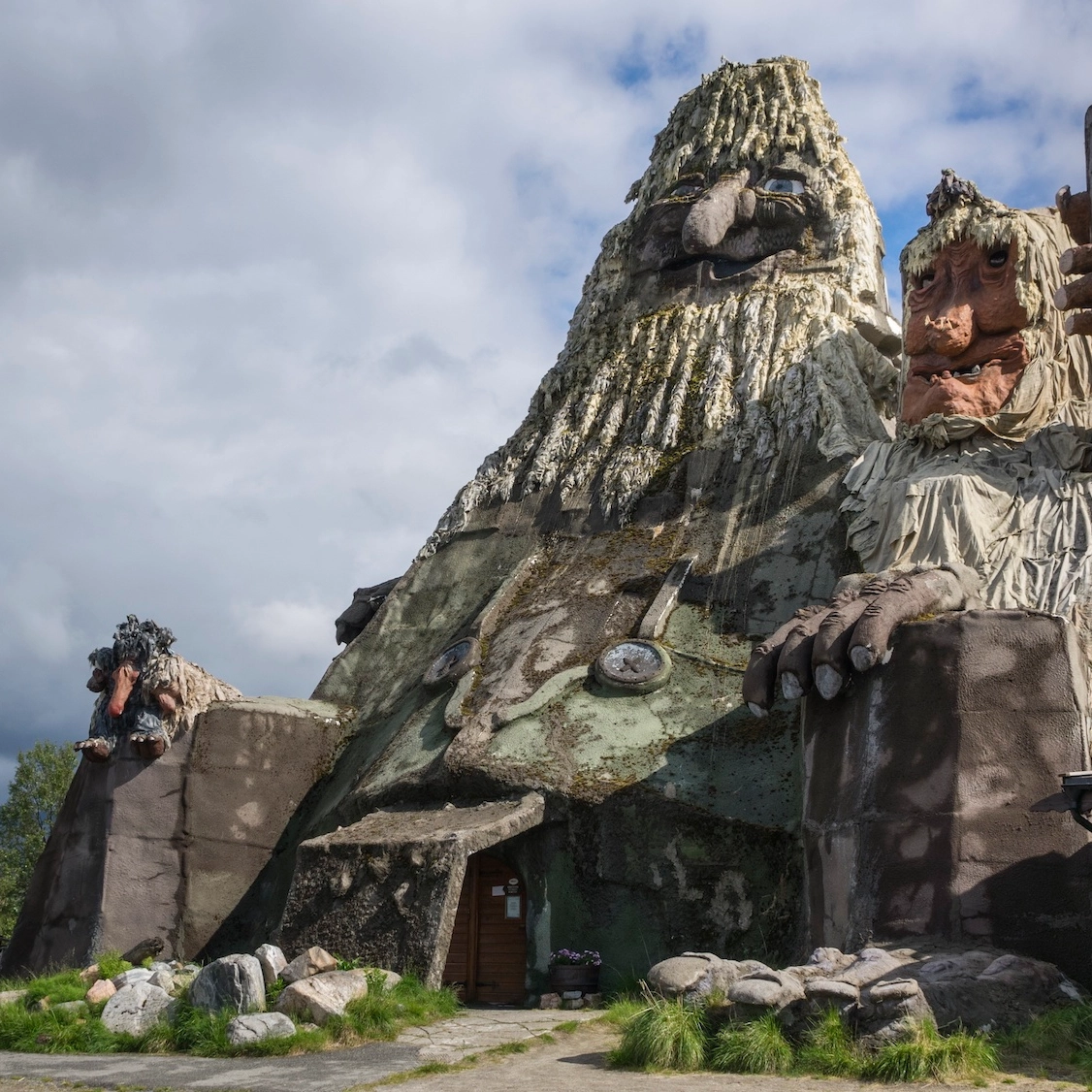
Trolls

How to reveal a troll
- Size matters - Trolls are normally larger than humans, but in some cases, they can also be significantly smaller. If you meet someone with unnatural body height, you should take a closer look.
- Rough features and big noses - Trolls have rougher facial features than humans. Longer noses for example lend a good sense of smell so that they can sniff out “Christian blood” from afar.
- Extra body parts - If you meet someone who is trying to hide the fact they have a tail, he or she is probably a troll. If a person has more than one head, you guessed it, they are probably a troll.
- Fear of church bells - Real trolls avoid crosses and the sound of church bells. In daylight, they risk being turned to stone. Therefore, pay particular attention to people who avoid going to church or stay indoors all summer.
- Interested In Visiting Norway? Your Guide to Norway
Norway in a Nutshell® and our popular Nutshell tours

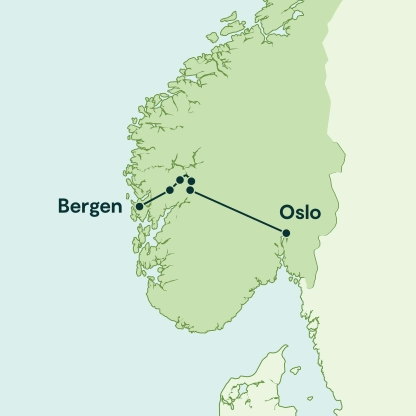
Experience an iconic tour of Norway's stunning UNESCO listed Nærøyfjord and ride two of the world's most beautiful railways - the Bergen Railway and the famous Flåm Railway.
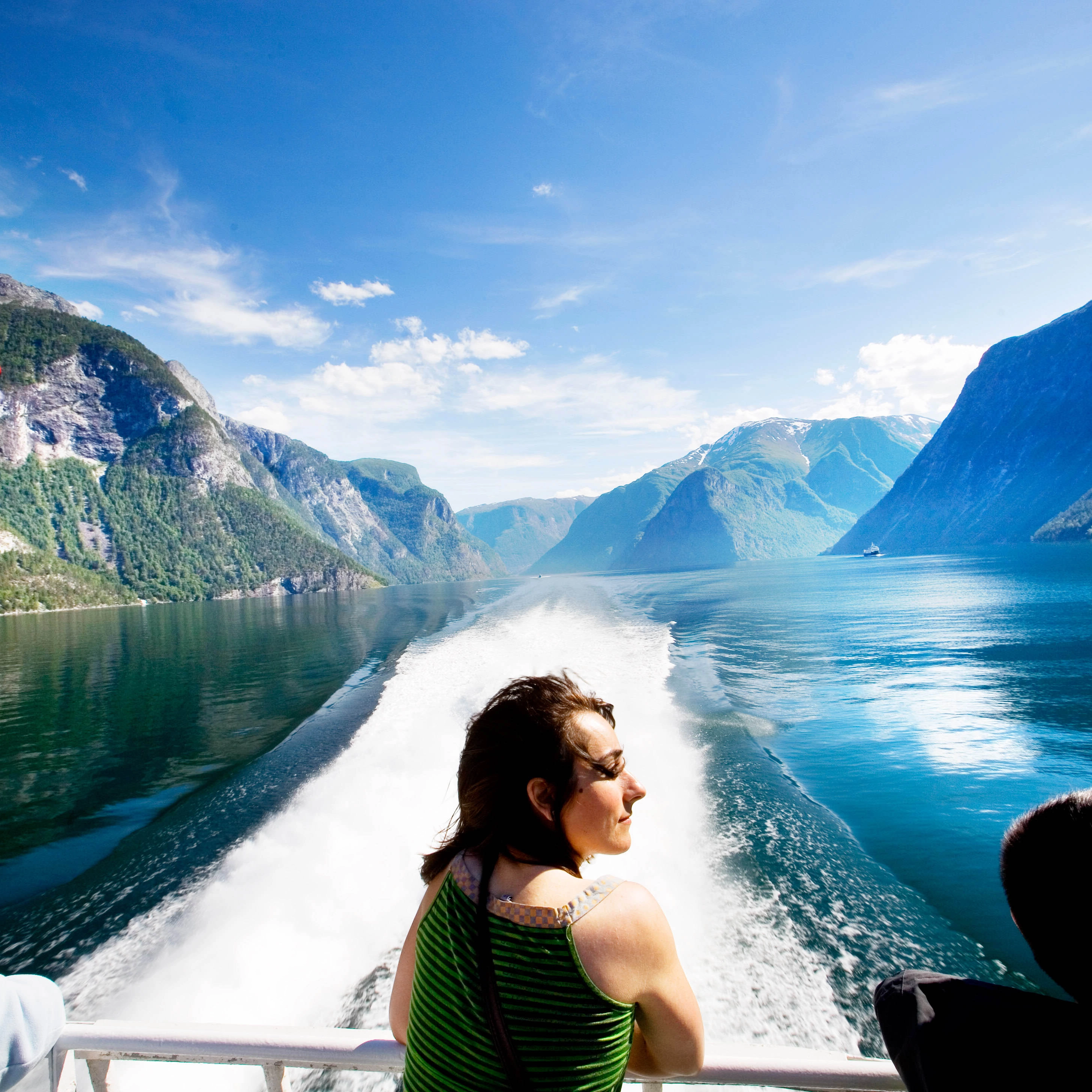

Enjoy a fjord cruise on the spectacular Sognefjord, the second longest fjord in the world. Experience two of the world’s most beautiful train rides, the Flåm Railway and Bergen Railway.


Discover Norway's natural wonders! Cruise the scenic Hardangerfjord, experience the famous Vøringsfossen and Steinsdalsfossen waterfall, discover Hardangervidda National Park and the Bergen Railway.
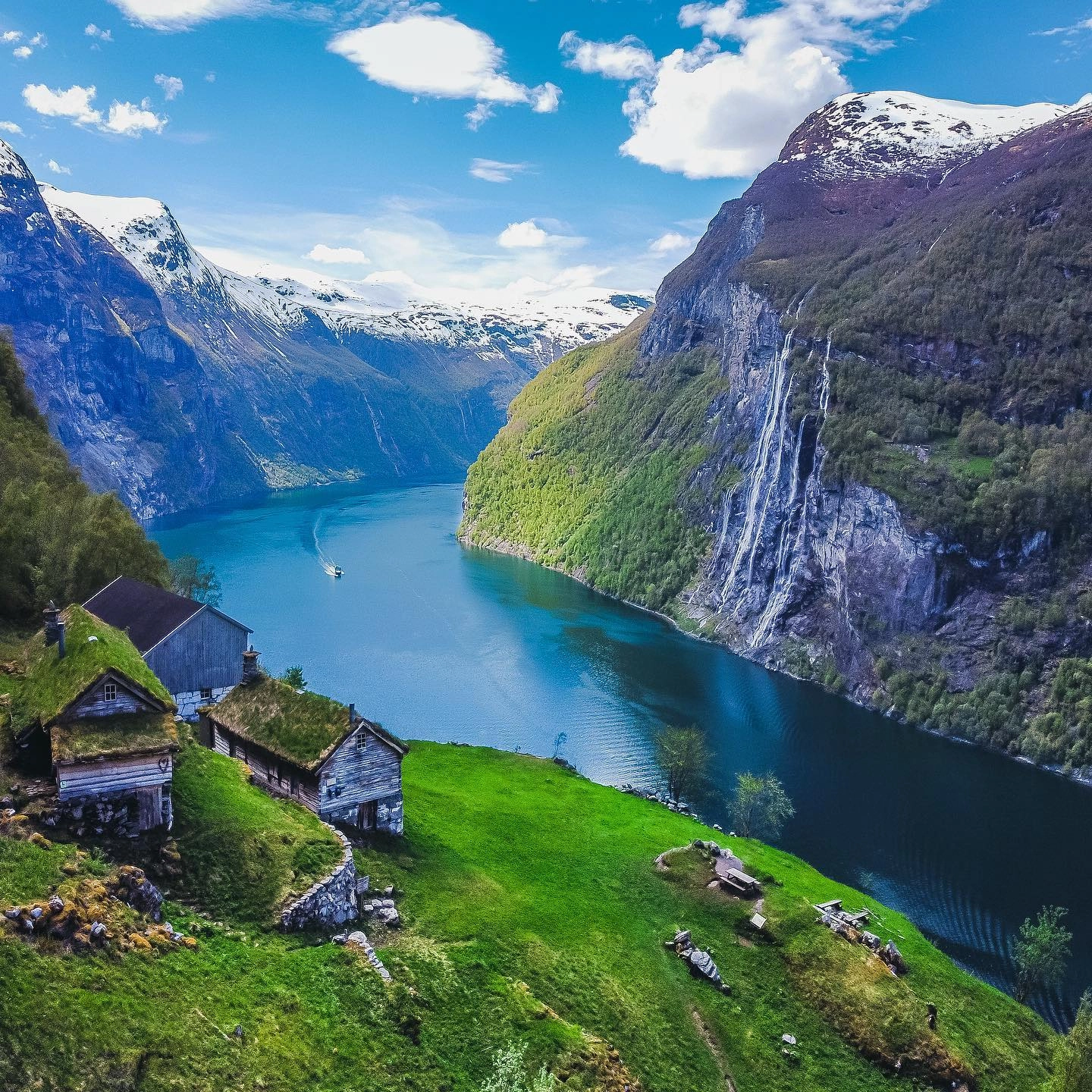

Experience the crown jewel of Norway's fjords – the UNESCO-listed Geirangerfjord. Journey the spectacular Trollstigen Mountain Pass, and discover breathtaking viewpoints.
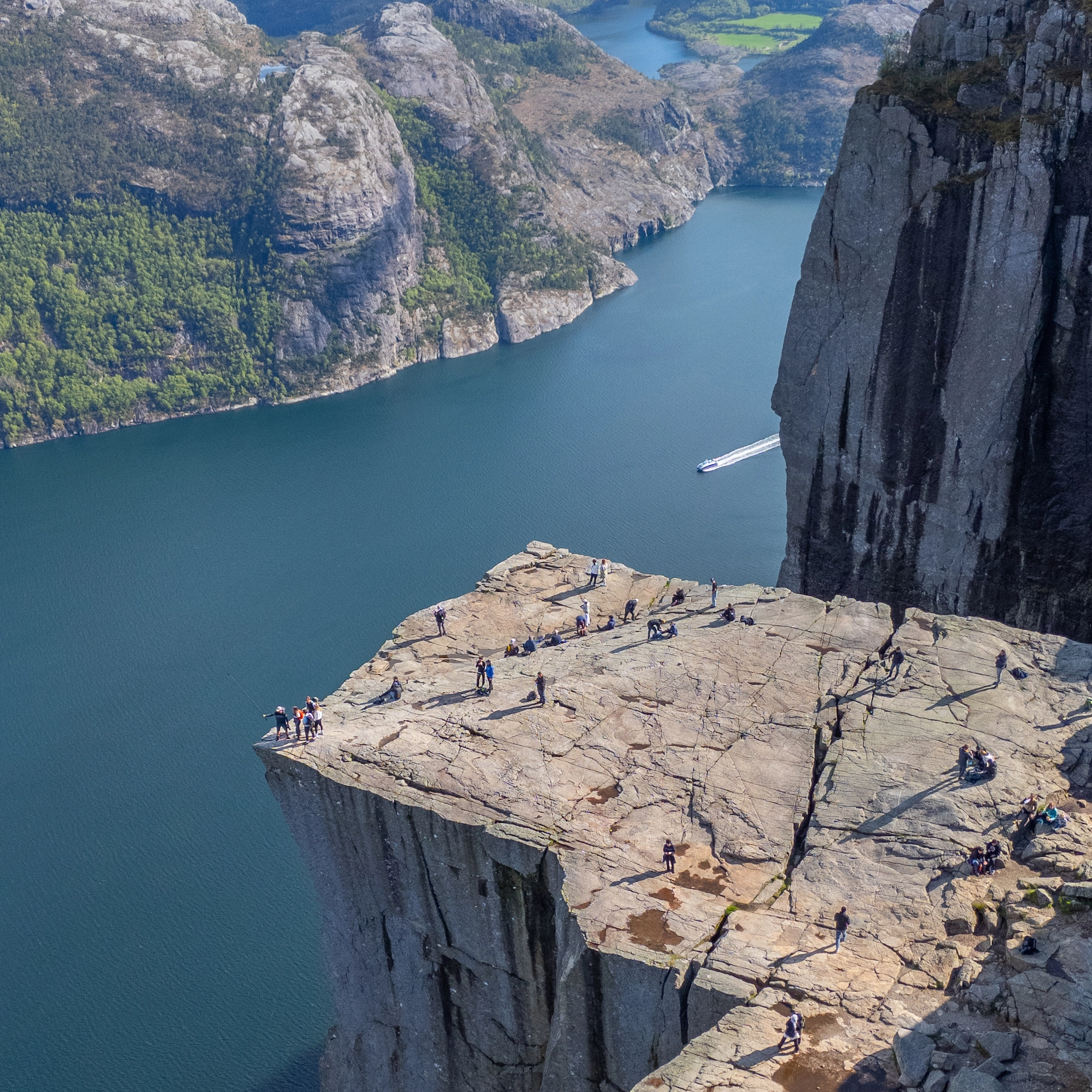

This tour takes you to Preikestolen, the Pulpit Rock, one of Norway’s most photographed natural attractions. The tour includes a fjord cruise on the scenic Lysefjord and the charming city of Stavanger.


Discover breathtaking nature and one of the world's most spectacular fjords on this amazing winter experience. The Norway in a Nutshell® winter tour brings you close to stunning nature in a responsible way with emission-free transport. Ride the winter rails on two of the top train journeys in the world and cruise the snowy fjords on a quiet electric fjord cruise.
Our most popular activities
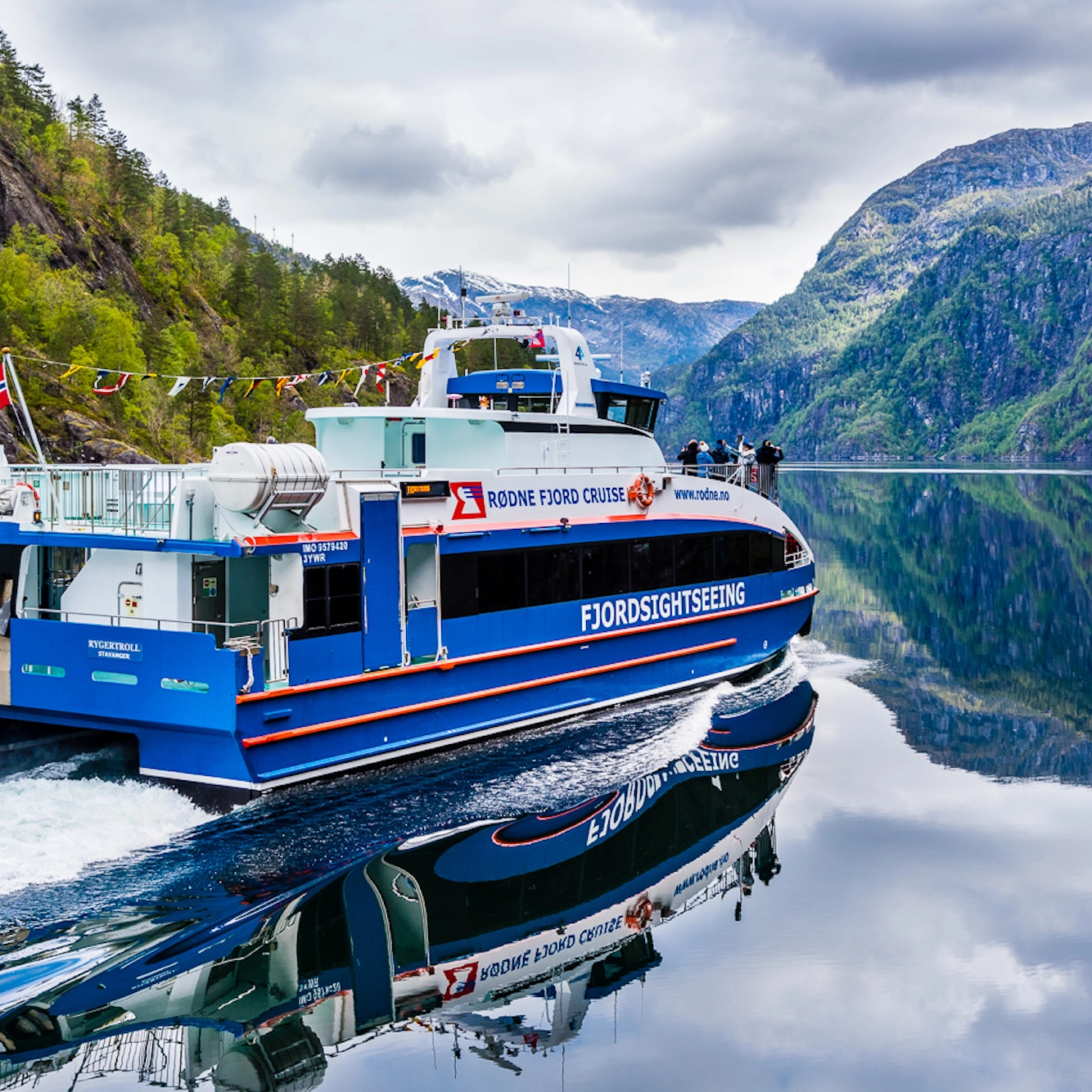
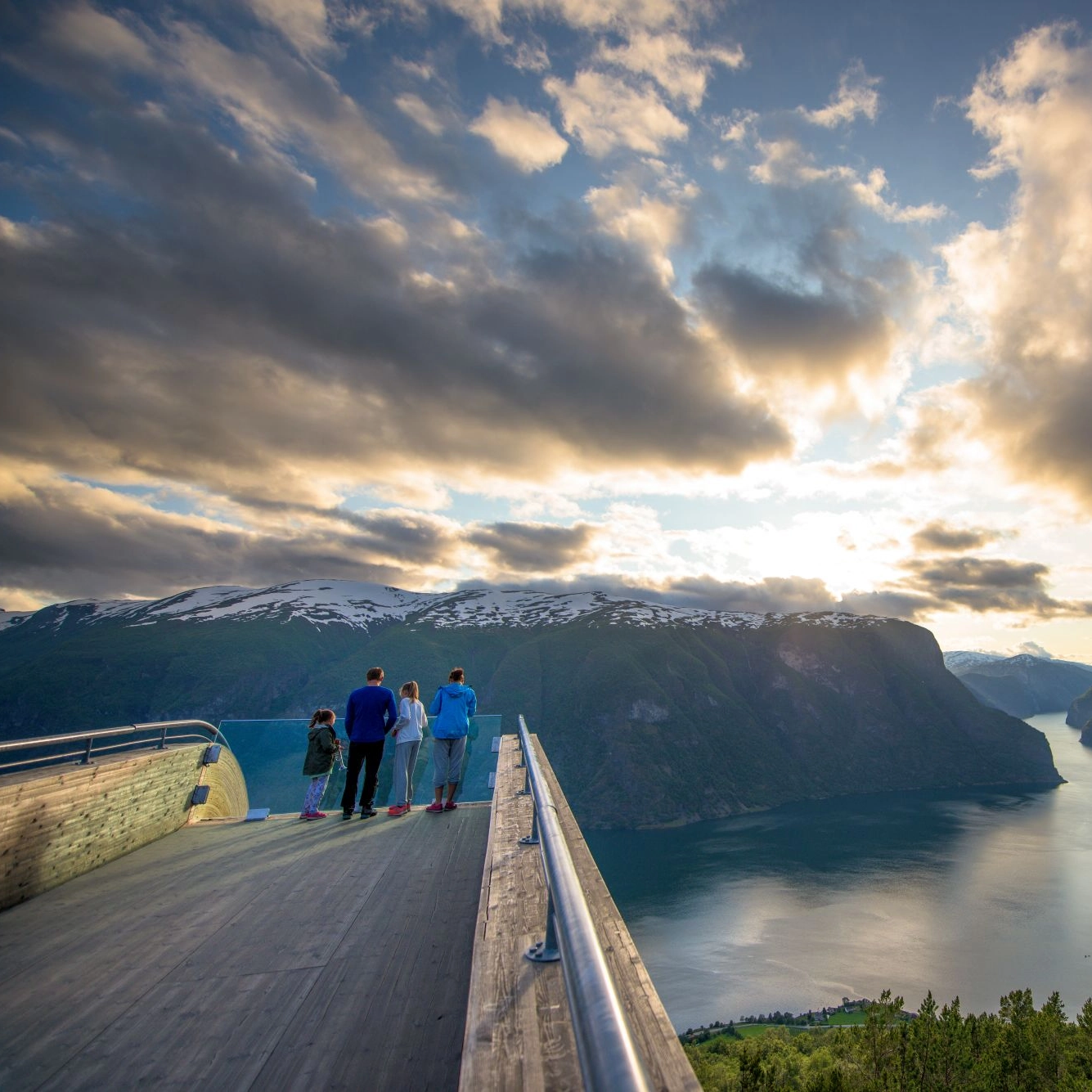
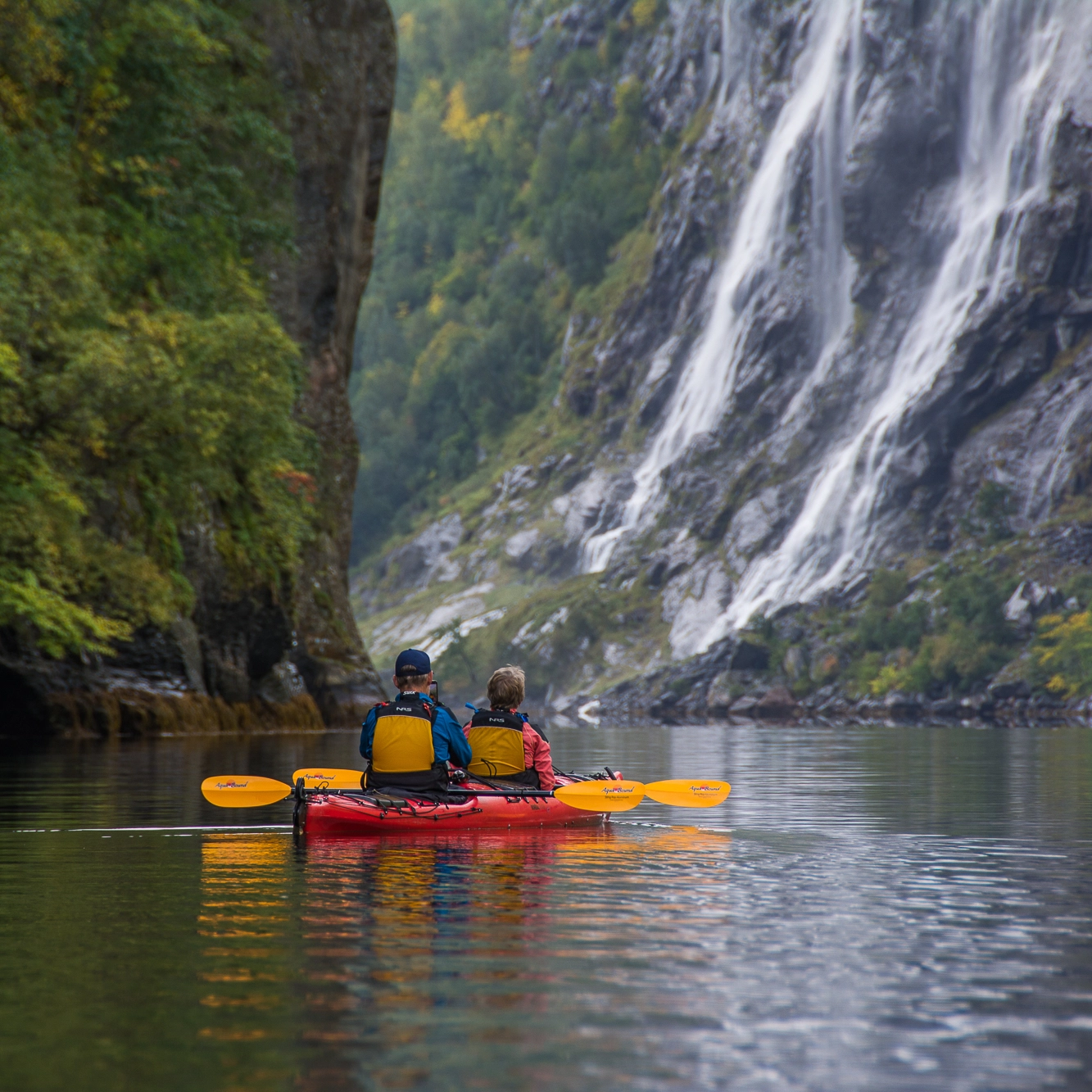

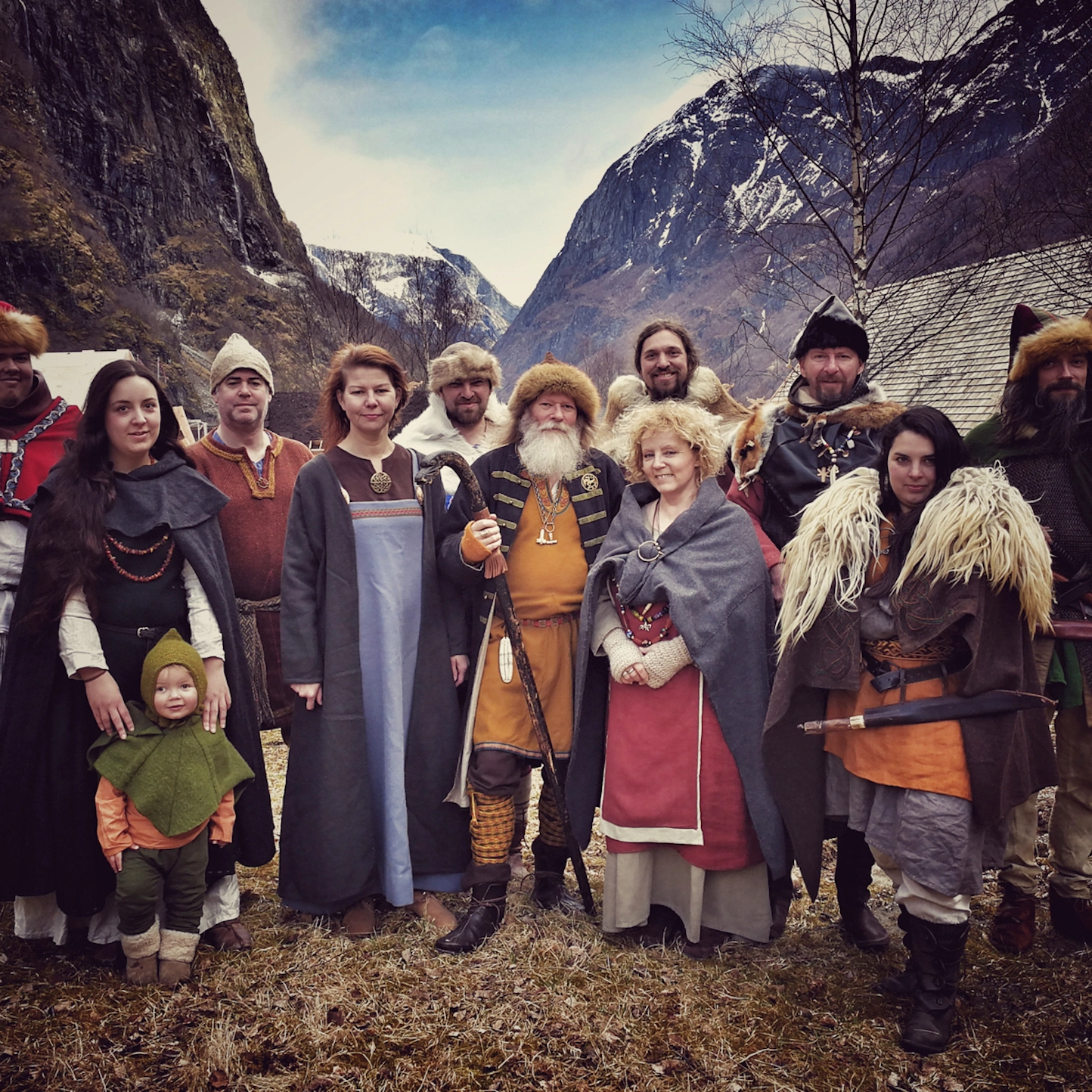

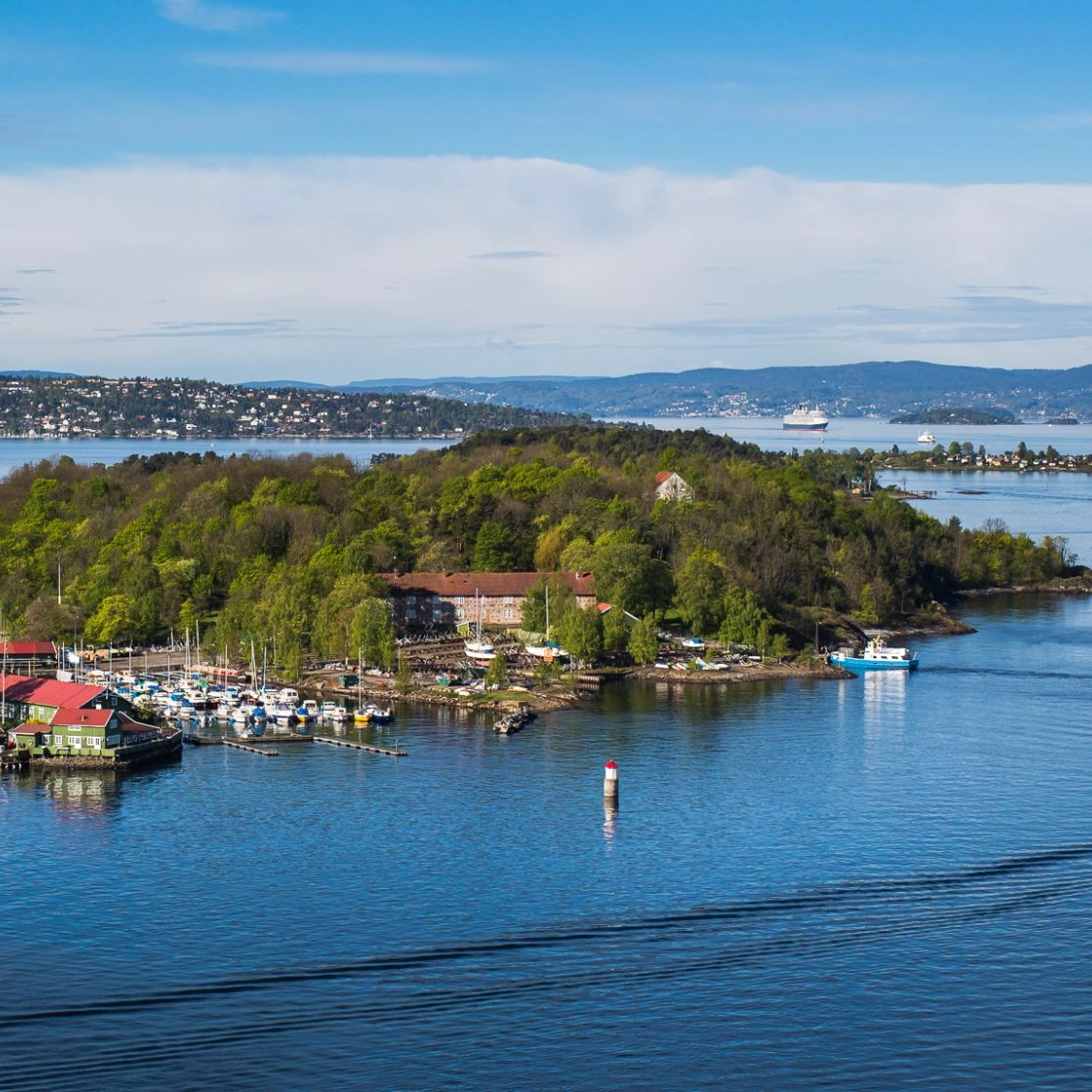
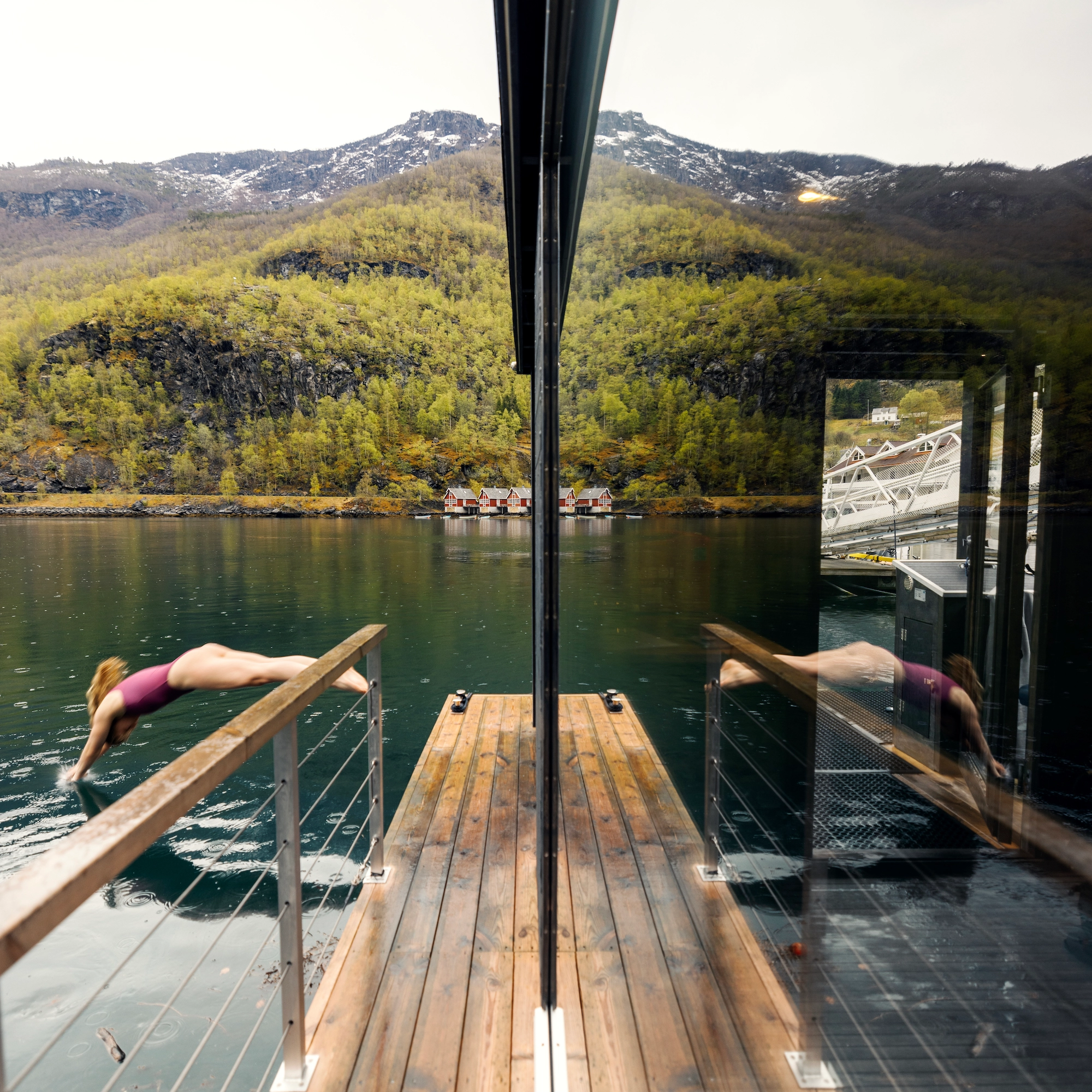








Get inspired!
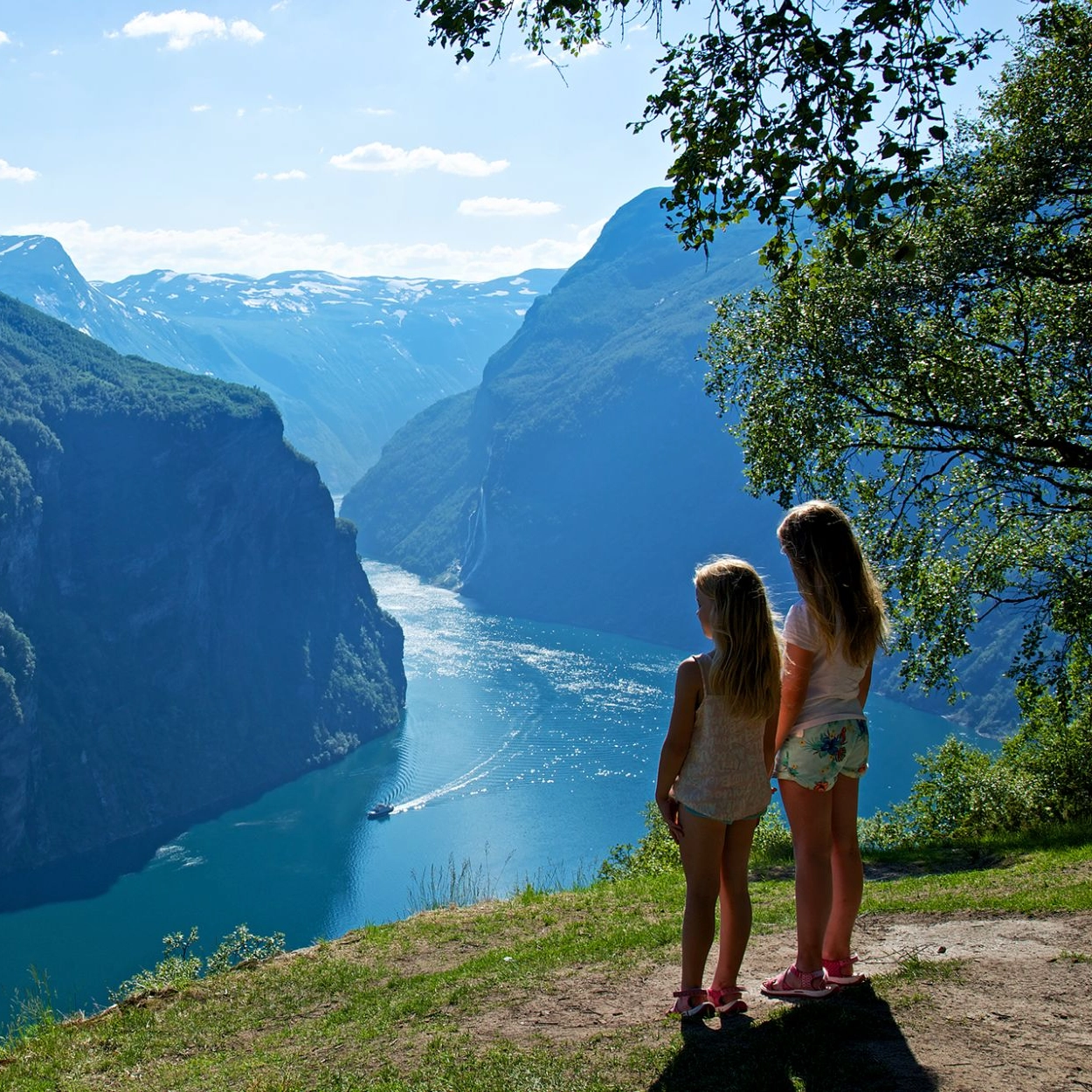
Norway´s famous fjords
It’s no secret that Norway is famous for its magnificent fjords. No trip to Norway would be complete without a visit to one of the world-famous fjords! We’ve put together a list of the most famous and beautiful fjords Norway has to offer, so you can plan your next trip to our fair land.

Sognefjord in a Nutshell™ highlights
The Ledleys experienced Flåm and the famous Norwegian fjords on their visit to Norway. This is the very best experiences on the Sognefjord in a Nutshell tour.
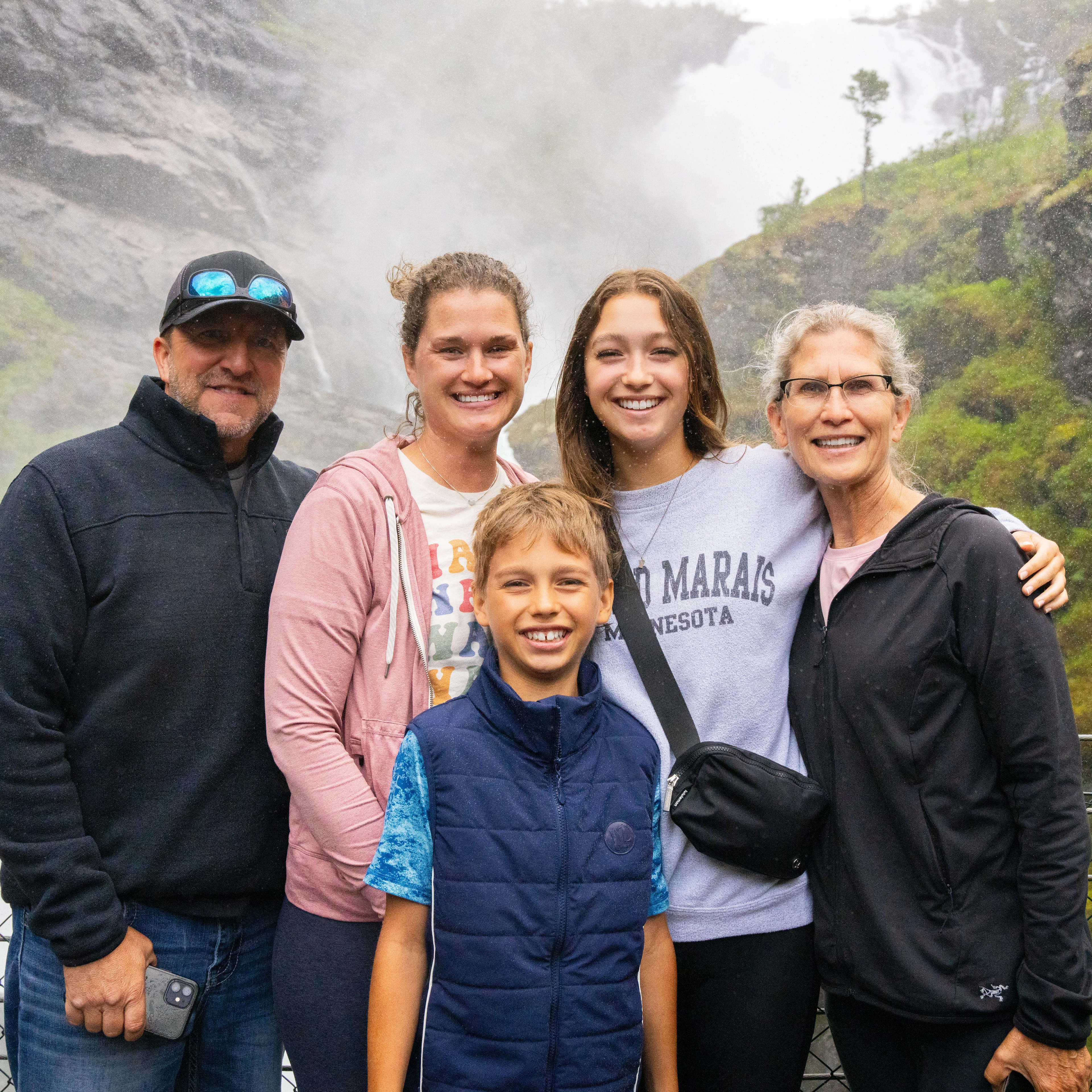
The Flåm Railway - one of the world's best train journeys
Lonely Planet named it the best train journey in the world. Norway's Flåm Railway is a truly unique experience of breathtaking nature and quaint fjord villages. "It's so powerful and dramatic," says Audrey Olson, who experienced the train journey as part of the Sognefjord in a Nutshell tour.
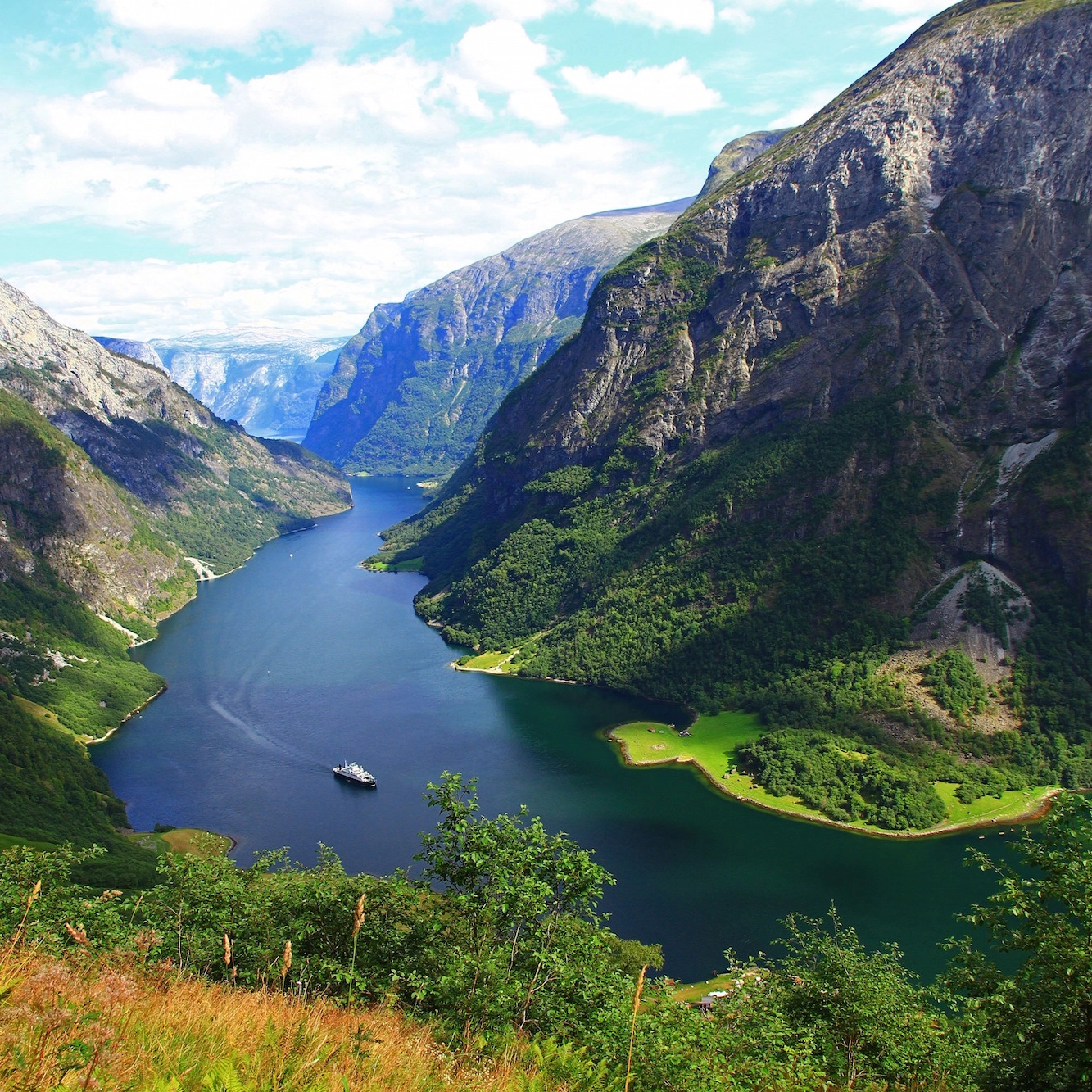
A fjord for everyone
It seems like everywhere you look in Norway, there is another amazing fjord full of dazzling sights and experiences. With over 1,100 fjords throughout the country, even most locals have not seen them all. But, when you visit Norway, going on a fjord safari is an absolute must since they are such a big part of the country’s identity.